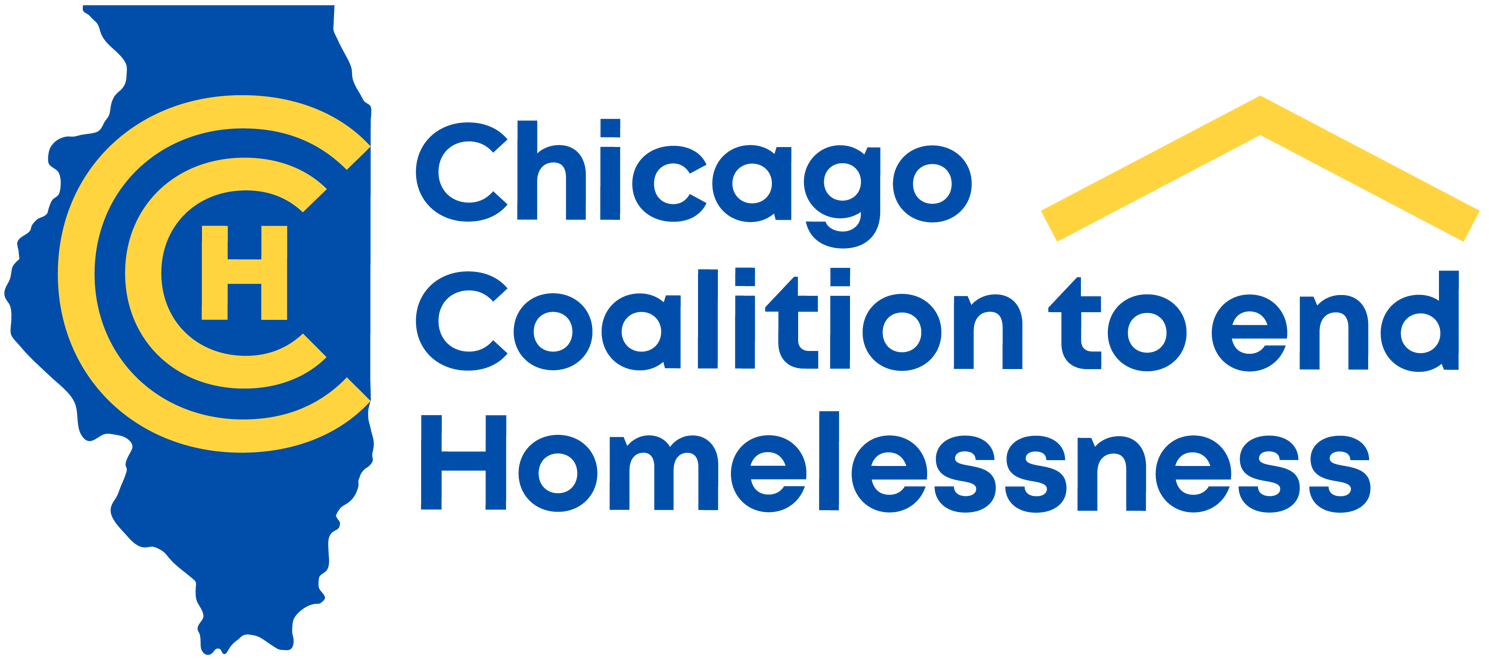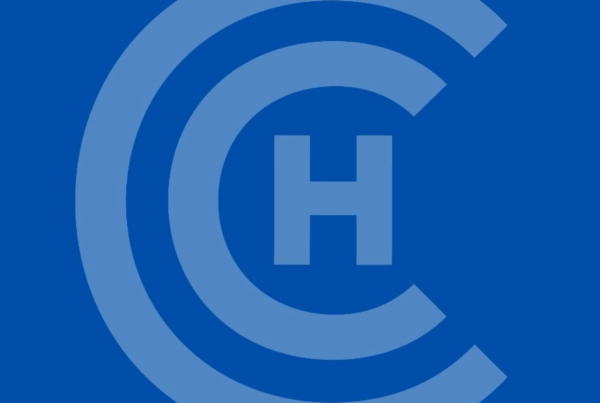By Mary Frances Charlton, Youth Health Attorney
On March 11, President Biden signed the American Rescue Plan Act (ARP) to address the continuing COVID-19 health and economic crisis. This landmark $1.9 trillion relief package includes nearly $50 billion in essential housing and homelessness assistance. The bill also includes increases to nutritional assistance, stimulus funding, increased child tax credits and more.

Below is an outline of what we view as the strongest steps taken in ARP to combat homelessness, poverty, and housing instability. Given the wide-ranging scope of ARP assistance, this list only includes certain portions of the funding allocations ARP contains. However, the full text of the bill can be found here.
Housing:
- $27.4 billion in Rental Assistance, with the first 40% of funding provided within 60 days of enactment of ARP. The funds must be used to provide financial assistance, including back and forward rent and utility payments, and other housing expenses. Assistance can be provided for up to 18 months.
- To qualify, households must include one or more individuals that have (1) qualified for unemployment benefits or experienced a reduction in household income, incurred significant costs, or experienced other financial hardship due to the COVID-19 crisis; (2) can demonstrate a risk of experiencing homelessness or housing instability; and (3) has a household income below 80% of the Area Median Income (AMI).
- $5 billion in emergency housing vouchers for people experiencing homelessness, with funds available through September 20, 2030. Public housing agencies will be notified of the number of vouchers allocated to them within 60 days of enactment of the ARP.
- $5 billion in utility assistance
- $5 billion to assist people experiencing homelessness. These funds can be used to provide rental assistance and supportive services, develop affordable rental housing, and acquire non-congregate shelters, such as hotel and motel rooms, to be converted into permanent affordable housing.
- In addition, the bill provides $10 billion for homeowner assistance, $100 million for housing counseling, $20 million for fair housing, and $5 billion for utility assistance, among other crucial provisions.
Cash Assistance:
- $1,400 Economic Impact Payments (“EIPs” or “stimulus checks”) for individuals ($2,800 for married couples filing jointly). The ARP also includes $1,400 for each qualifying dependent which includes full-time students under 24 and adult dependents. These checks begin to phase out at an income level of $75,000 for individuals ($150,000 for married couples filing jointly) and the checks zero out at an income level of $80,000. ($160,000 for married couples filling jointly).
- The Earned Income Tax Credit (“EITC”) for adults without children is raised to $1502.
- The Child Tax Credit (“CTC”) is increased to $3,000 per child ($3,600 for children under 6). Importantly, the CTCs will be sent to families on a monthly basis, rather than having to wait until the end of the year for a lump sum check. Studies have predicted that this provision of ARP could cut child poverty in half.
Education Funding:
- $122.7 billion added to existing Elementary and Secondary School Emergency Relief Fund. Funds will be available through September 30, 2023. States must part of this funding to be used to address learning loss through evidence-based interventions and ensure that these interventions meet students’ academic, social, and emotional needs and respond to the disproportionate impact of the pandemic on low-income students, students with disabilities, students of color, and students experiencing homelessness.
- $800 million to support the identification, enrollment, and school participation of children and youth experiencing homelessness, including through wrap-around services.
State and Local Aid:
- $350 billion to help states and localities recoup lost revenue from the crisis of the pandemic. The funds would be distributed in two parts: Half no later than 60 days from the date of enactment of ARP, and the remainder delivered no earlier than one year later.
- These funds can be used to address the economic effects of COVID-19 and that funding is flexible (can, e.g., be used to directly aid households). Can also be used toward infrastructure. They cannot be used to offset pensions or tax cuts.
Unemployment Benefits:
- ARP extends Pandemic Unemployment Assistance ($300/week) through September 6, 2021 and increases the number of weeks of benefits available to individuals from 50 to 79.
- The first $10,200 of unemployment benefits are now exempt as income for tax purposes for households earning less than $150k per year.
- The bill also increases states’ ability to be reimbursed for the administration of benefits by the federal government.
Healthcare:
- $7.6 billion for community health centers
- $39 billion for child care
- $1 billion for Head Start programs
- $1 billion in Pandemic Emergency Fund, which can be used to provide one-time benefits such as cash to low income families
- $4.5 billion for the Low-Income Home Energy Assistance Program (LIHEAP)
- Requires CHIP (All Kids in Illinois) to cover vaccines and COVID treatment without cost sharing one year after the end of the state of emergency.
- Gives states the option of health coverage for women enrolled in Medicaid for 12 months after child birth (now it is 60 days).
- Expands the ACA premium tax credits through the Health Insurance Marketplace.
Nutrition:
- Extends the 15% SNAP monthly benefit increase through September 30, 2021
- $1.15 billion to states for SNAP administration
- Expands WIC
- Requires USDA to reimburse emergency shelters for meals provided to people under the age of 25 who receive services there
- Extends Pandemic EBT (“P-EBT”) through any school year or summer period following a designated public health emergency. P-EBT benefits reimburse families with children who ordinarily receive free or reduced price lunch at school for meals during times these children have been remote learning.
CCH looks forward to assisting Law Project clients in accessing benefits available to them under ARP and advocating for flexible ARP funds to be spent in ways that reduce homelessness, housing insecurity, and poverty.
If you have any questions about ARP, contact Youth Health Attorney Mary Frances Charlton at maryfrances@chicagohomeless.org.





